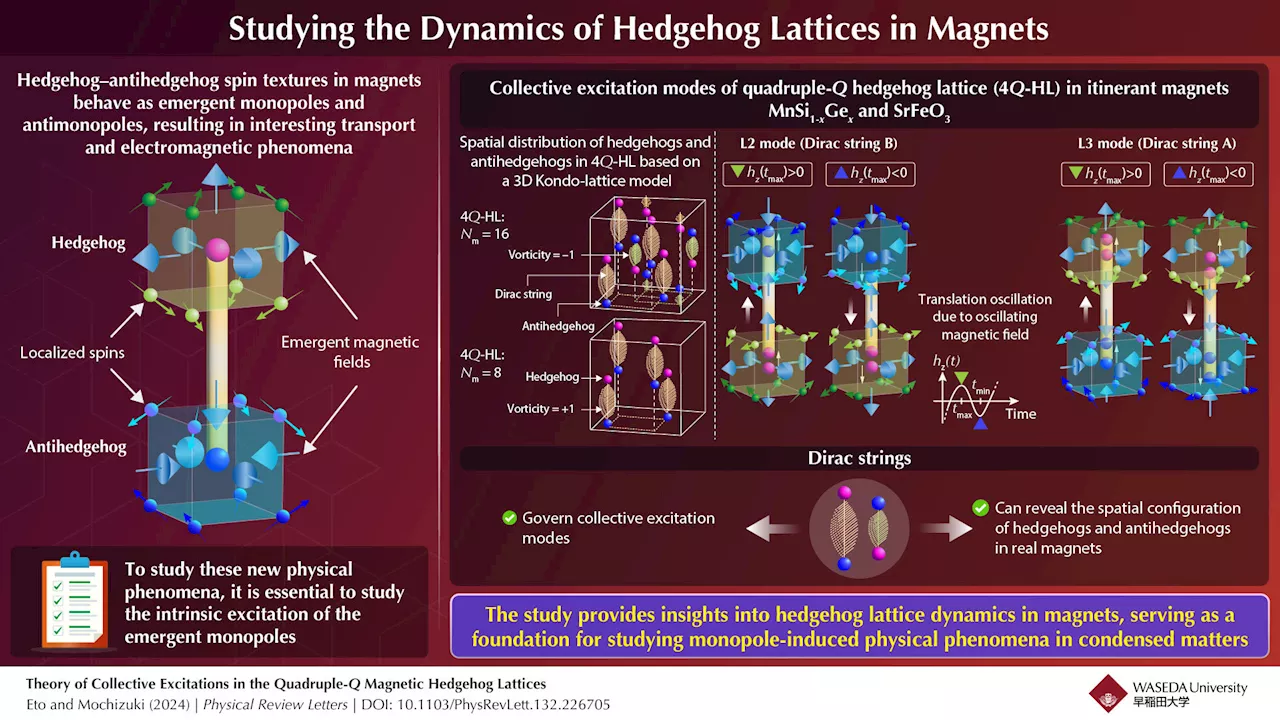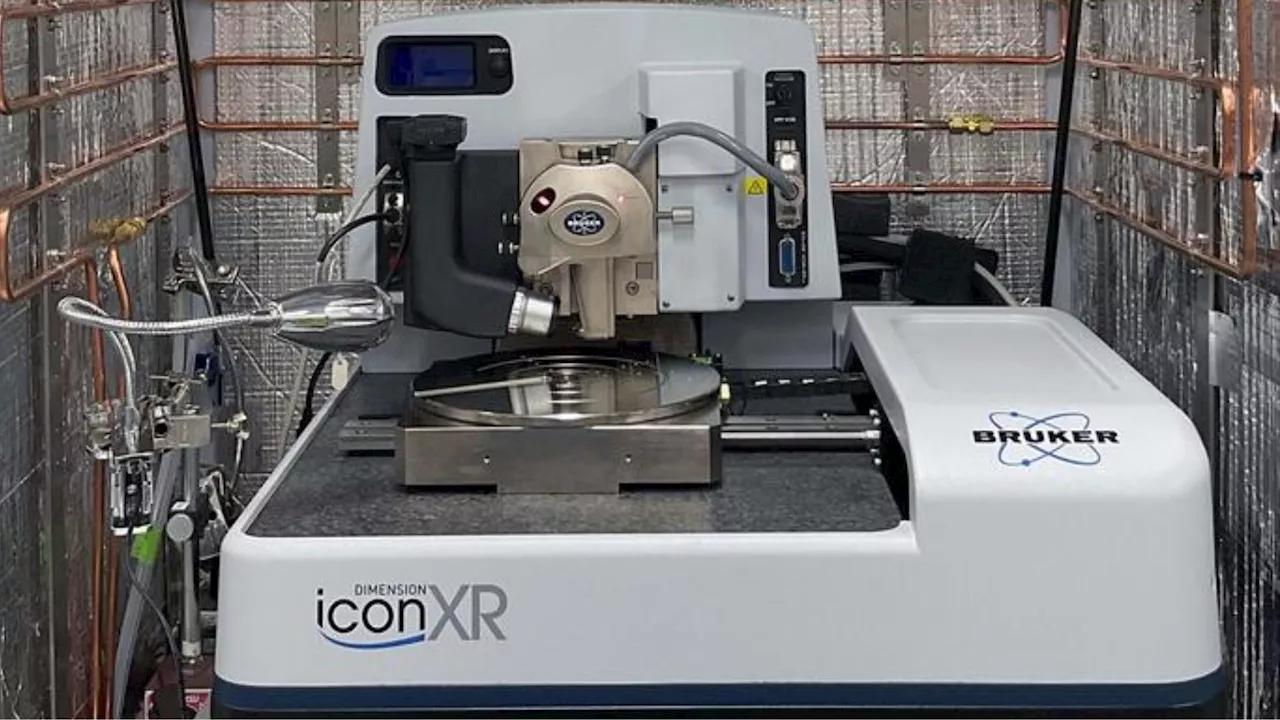Researchers used antifreeze and a refrigerated microscope to directly observe the ice-liquid interface for the first time.
“Through various trial and error processes, we found that we had to cool the entire microscope system in a cooling box, and it took some ingenuity to ensure that the atomic force microscope, a precision measuring instrument, could operate stably at sub-zero temperatures,” explains ONISHI Hiroshi.For the first time, researchers from Kobe University led by ONISHI Hiroshi observe the precise shape of ice at the interface between ice and liquid.
They experimented with different types of liquids, also, to understand how they affect the surface of ice. As ice is surrounded by liquid most of the time, which is why ice is slippery, the key to understanding this mysterious relationship between ice and liquid lies in zooming in on this liquid layer .Researchers state that they first came up with the idea to measure ice in antifreeze with temperatures lower than 0°C.
While ice without surrounding liquid features so-called “frost pillars” about 20 nanometers tall, in 1-octanol antifreeze the ice is perfectly flat with occasional steps only one molecular layer high. In different liquids with similar properties, the ice surface looks different in each case, underscoring the importance of directly measuring the interface. ,” the researchers were quoted.
“We expect to increase the resolution of the microscope to single water molecules and use measurement methods other than atomic force microscopy. In this way, we hope to expand the range of possible applications of molecular-level measurements of the ice-antifreeze interface,” they conclude in, no matter what, is covered with liquid water which turns out to be a phenomenon. Interestingly, scientists don’t yet know why there is always a thin layer of water on the surface of ice.
Energy &Amp Environment ICE Science
United States Latest News, United States Headlines
Similar News:You can also read news stories similar to this one that we have collected from other news sources.
 CARMEN: First tabletop robot to help fight memory loss built by researchersResearchers develop a unique tabletop robot to help individuals with mild cognitive impairment improve memory and executive functions.
CARMEN: First tabletop robot to help fight memory loss built by researchersResearchers develop a unique tabletop robot to help individuals with mild cognitive impairment improve memory and executive functions.
Read more »
 In a world-first, researchers map a 4,200 km transatlantic flight of the painted lady butterflyIn October 2013, Gerard Talavera, a researcher from the Botanical Institute of Barcelona at CSIC, made a surprising discovery of painted lady butterflies on the Atlantic beaches of French Guiana—a species not typically found in South America. This unusual sighting prompted an international study to investigate the origin of these butterflies.
In a world-first, researchers map a 4,200 km transatlantic flight of the painted lady butterflyIn October 2013, Gerard Talavera, a researcher from the Botanical Institute of Barcelona at CSIC, made a surprising discovery of painted lady butterflies on the Atlantic beaches of French Guiana—a species not typically found in South America. This unusual sighting prompted an international study to investigate the origin of these butterflies.
Read more »
 Researchers publish first-of-its kind scorpion genomeA team of researchers at UConn, in collaboration with Carlos Santibanez-Lopez at Western Connecticut State University, have generated the first chromosome-level genome of the desert hairy scorpion—an iconic inhabitant of the Mojave and Sonoran deserts of North America and the largest scorpion found on the continent.
Researchers publish first-of-its kind scorpion genomeA team of researchers at UConn, in collaboration with Carlos Santibanez-Lopez at Western Connecticut State University, have generated the first chromosome-level genome of the desert hairy scorpion—an iconic inhabitant of the Mojave and Sonoran deserts of North America and the largest scorpion found on the continent.
Read more »
 Researchers unveil the dynamical nature of emergent magnetic monopoles in real magnets for the first timeMagnetic monopoles are elementary particles with isolated magnetic charges in three dimensions. In other words, they behave as isolated north or south poles of a magnet. Magnetic monopoles have attracted continuous research interest since physicist Paul Dirac's first proposal in 1931.
Researchers unveil the dynamical nature of emergent magnetic monopoles in real magnets for the first timeMagnetic monopoles are elementary particles with isolated magnetic charges in three dimensions. In other words, they behave as isolated north or south poles of a magnet. Magnetic monopoles have attracted continuous research interest since physicist Paul Dirac's first proposal in 1931.
Read more »
 Researchers demonstrate the first chip-based 3D printerResearchers have demonstrated the first chip-based 3D printer, a tiny device that emits reconfigurable beams of visible light into a well of resin that rapidly cures into a solid shape. The advance could enable a 3D printer small enough to fit in the palm of a person's hand.
Researchers demonstrate the first chip-based 3D printerResearchers have demonstrated the first chip-based 3D printer, a tiny device that emits reconfigurable beams of visible light into a well of resin that rapidly cures into a solid shape. The advance could enable a 3D printer small enough to fit in the palm of a person's hand.
Read more »
 In a significant first, researchers detect water frost on solar system's tallest volcanoesAn international team of planetary scientists has detected patches of water frost sitting atop the Tharsis volcanoes on Mars, which are not only the tallest volcanic mountains on the Red Planet but in the entire solar system.
In a significant first, researchers detect water frost on solar system's tallest volcanoesAn international team of planetary scientists has detected patches of water frost sitting atop the Tharsis volcanoes on Mars, which are not only the tallest volcanic mountains on the Red Planet but in the entire solar system.
Read more »
